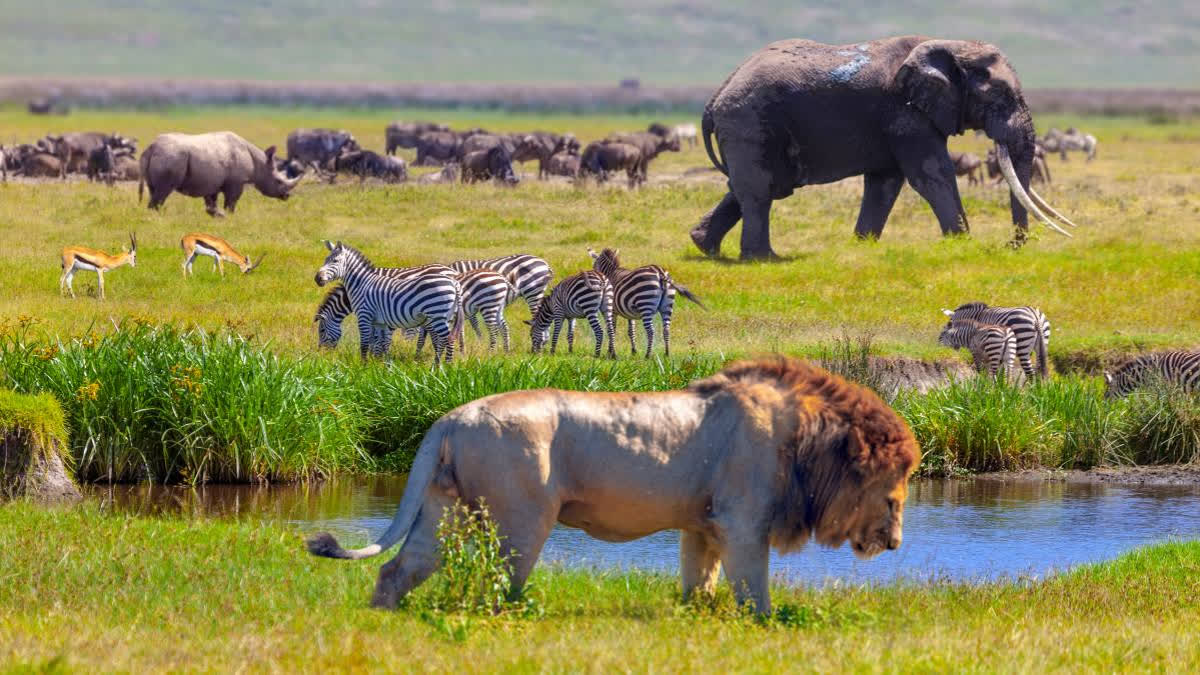New Delhi: Monitored wildlife populations have declined by an average of 73 per cent in just 50 years from 1970 to 2020, primarily due to habitat loss, climate change, and pollution, according to a new report by the World Wide Fund for Nature (WWF).
The 'Living Planet Report' 2024 also revealed sharp declines in three species of vultures in India, with populations dropping dramatically between 1992 and 2022. The white-rumped vulture population has declined by 67 per cent, the Indian vulture by 48 per cent, and the slender-billed vulture by 89 per cent.
Globally, the steepest decline is reported in freshwater ecosystems (85 per cent), followed by terrestrial ecosystems (69 per cent) and marine ecosystems (56 per cent). Habitat loss and degradation, driven primarily by food systems, is the most commonly reported threat to wildlife populations worldwide, followed by overexploitation, invasive species, and disease, the report said.
In India, some wildlife populations have stabilized and shown recovery, largely due to proactive government initiatives, effective habitat management, robust scientific monitoring, and community engagement, along with public support.
India is home to the largest population of tigers globally. The All-India Tiger Estimation 2022 recorded at least 3,682 tigers, up from the 2,967 estimated in 2018. The first Snow Leopard Population Assessment in India (SPAI) estimated 718 snow leopards across 70 per cent of their range.
